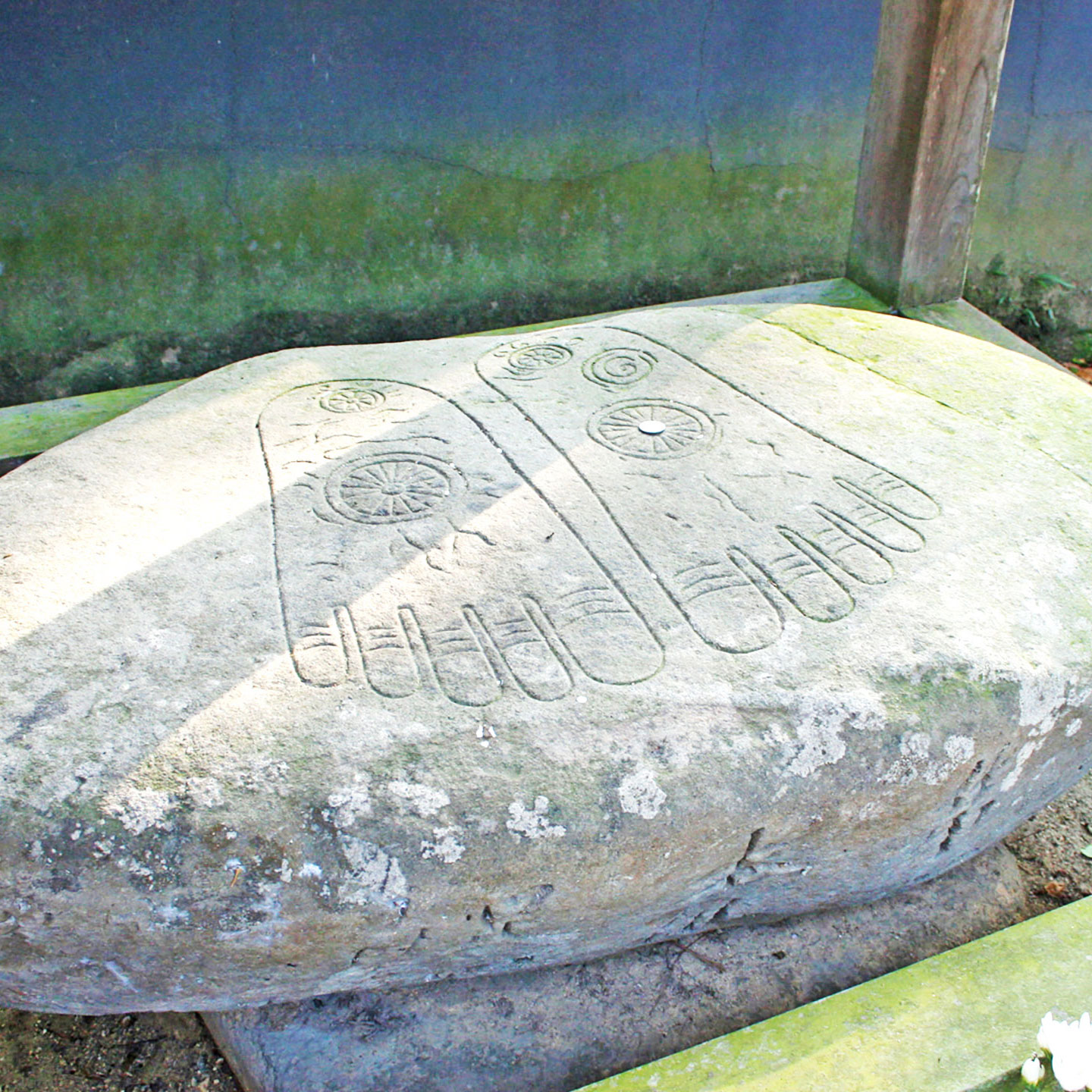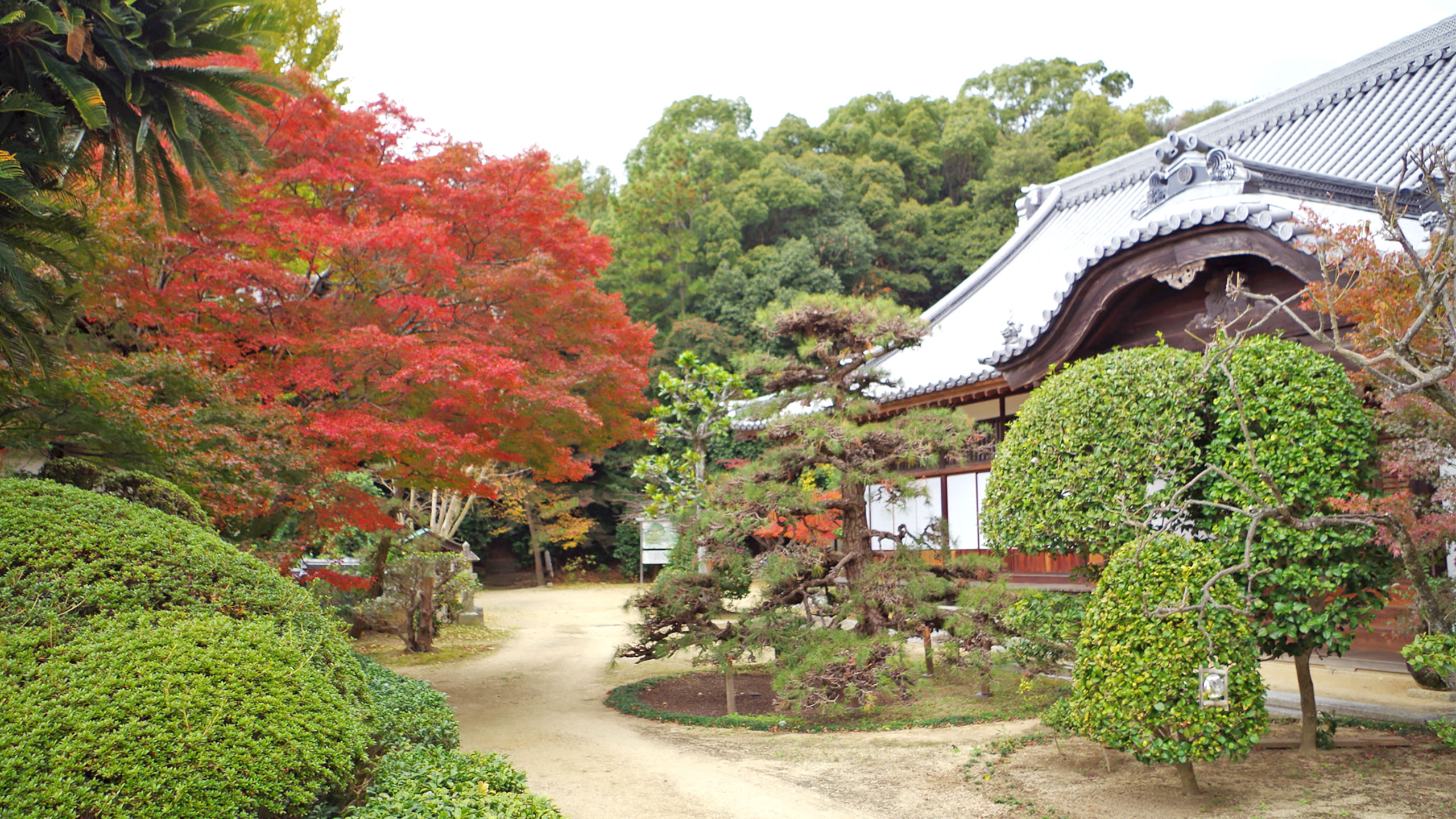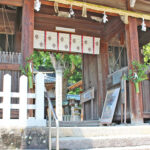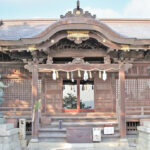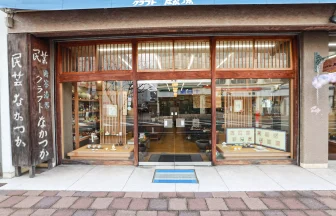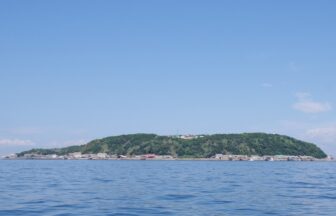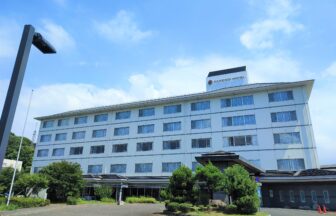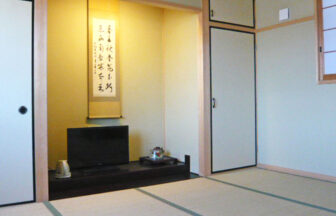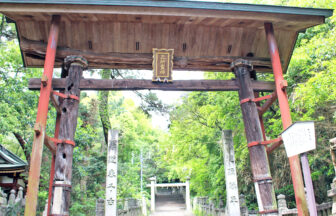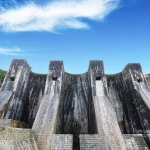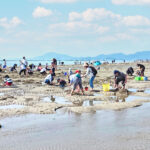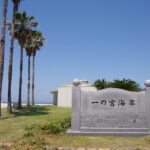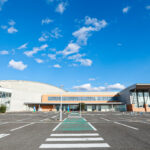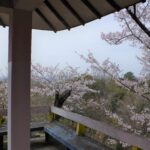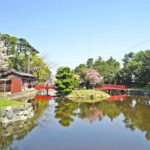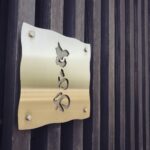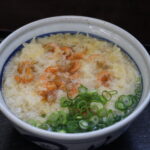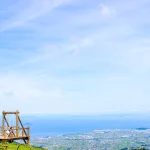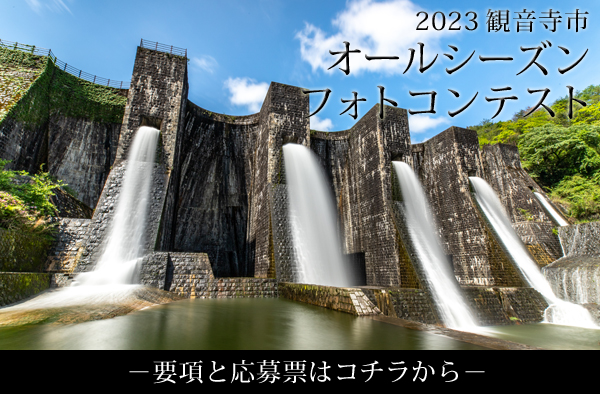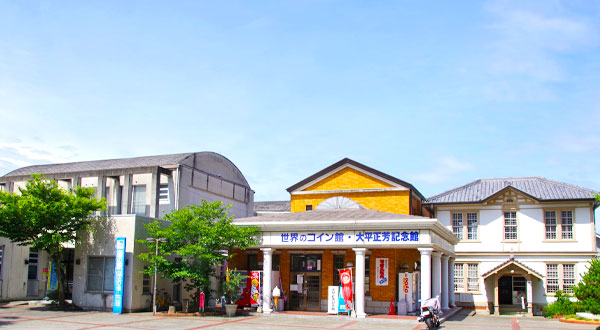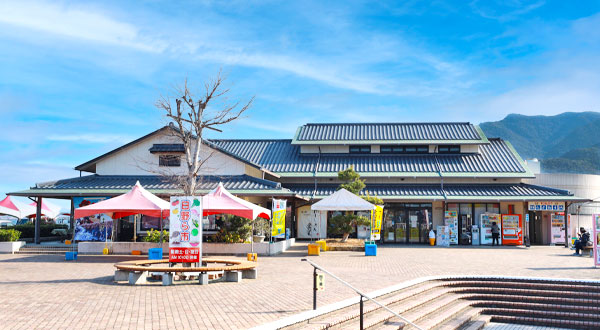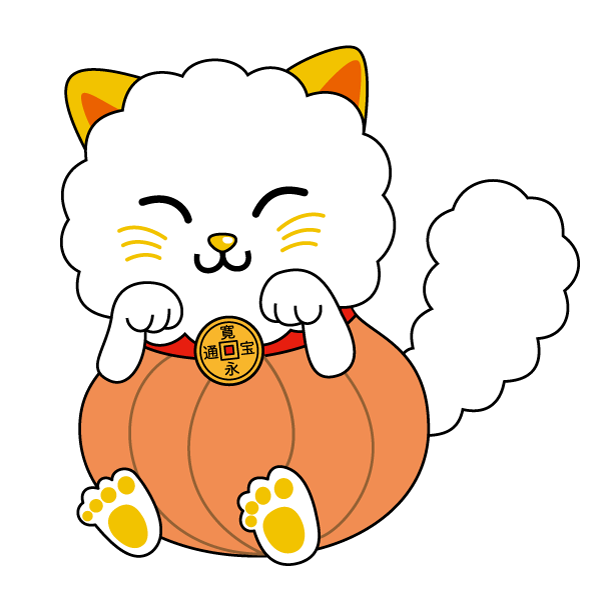Kosho-ji Temple is a temple of the Tofukuji School of the Rinzai sect of Zen Buddhism.
It is said to have been founded by Kobo Daishi, and was once a dojo of Shingon esoteric Buddhism. In the precincts of the temple, there is an overnight hermitage that is said to have been built by Yamazaki Sokan, the founder of haikai, and since the Edo period, many haiku poets have visited the temple and left their haiku.
Many haiku poets have visited the area since the Edo period and left their works. There are also many historical sites, such as the Butsudai-ishi, a cultural property designated by Kannonji City, and the 88 mini Sacred Sites Tour Course. A 1.5-kilometer walking trail has been developed, and along the trail there is a black pine tree with most of its roots above the ground , called “neagari-matsu” (a pine tree with roots rising up to the ground).
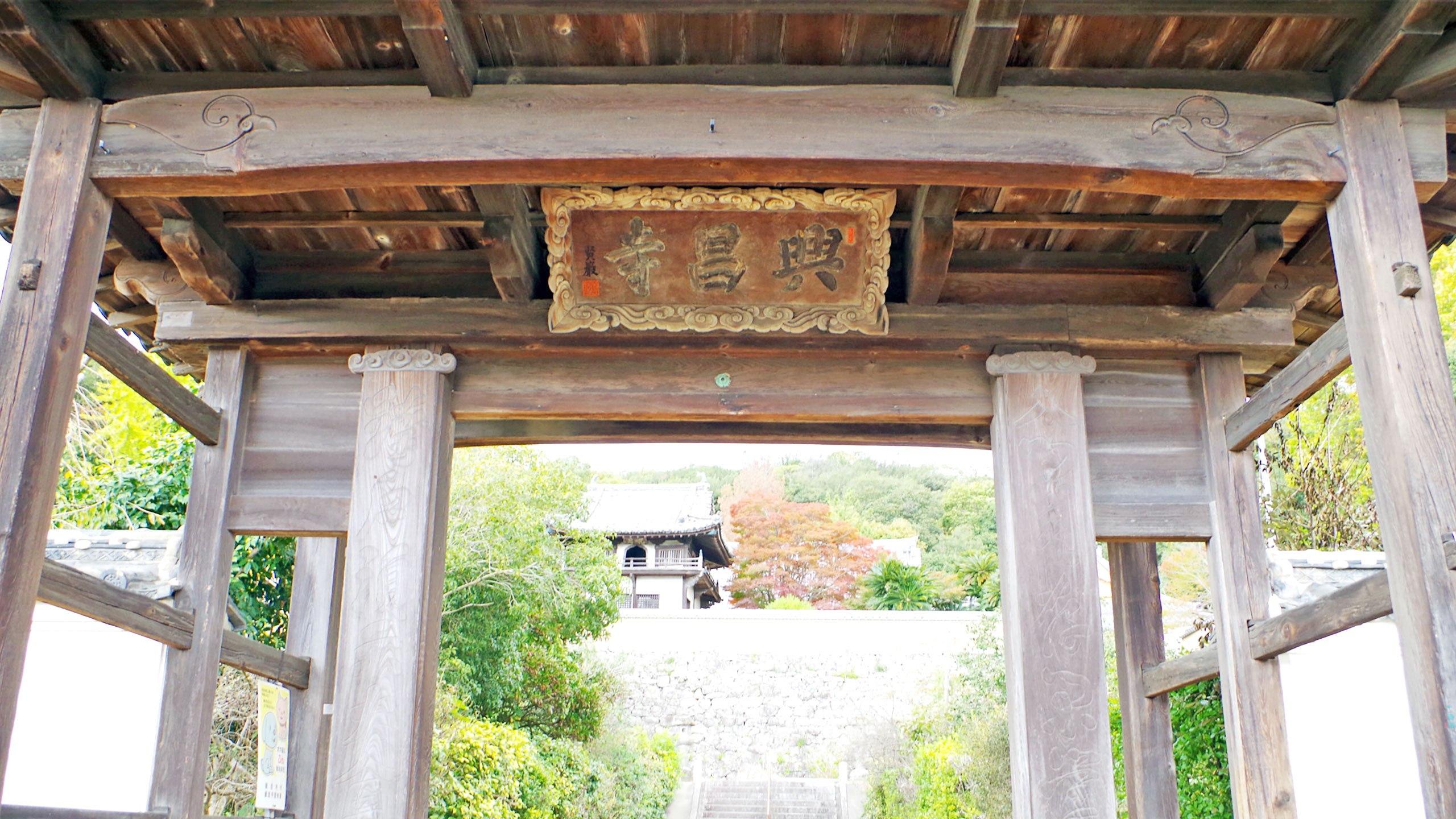
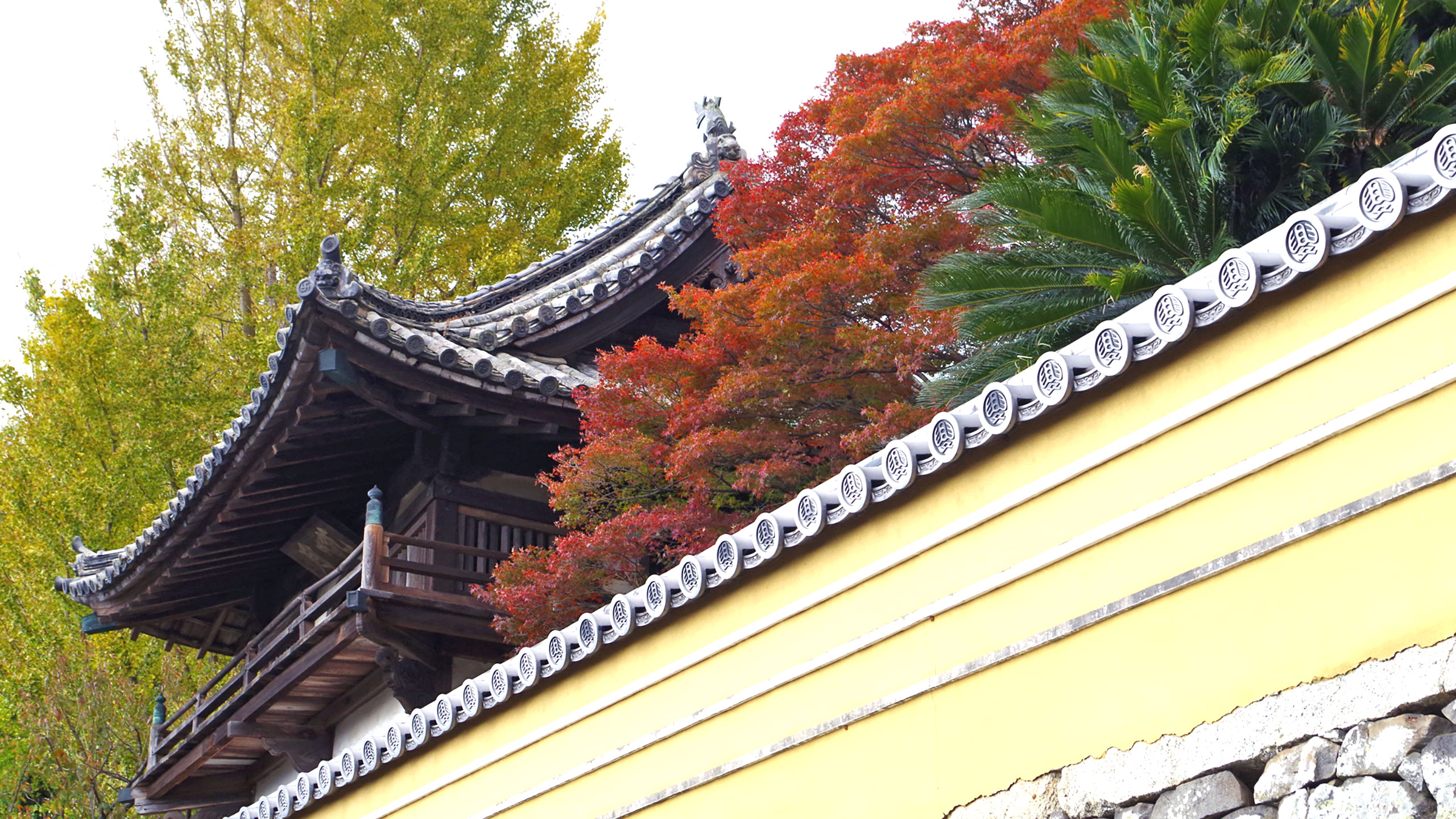
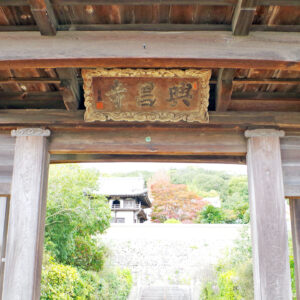
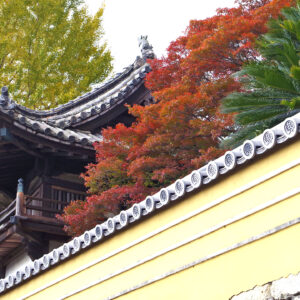
| address | 2-7-2 Hachiman-cho, Kanonji City, Kagawa Prefecture 768-0061 |
|---|---|
| map | |
| car | Approximately 12 minutes (6 km) by car from the Onohara IC of the Takamatsu Expressway |
| train | Approximately 5 minutes by cab from JR Kannonji Station (1.8 km) |
| pubric bus | There are four buses a day. Take the Pubric Bus Gogo Takamuro Line from JR Kannonji Station and tell the driver to go to “Kosho-ji Temple”. There are no bus stops on the Pubric Bus, and you can get on and off anywhere on the bus route. (However, you are not allowed to get on and off the bus on Route 11 except at designated spots.) |
| parking lot | available (20 cars) |
| contact us | TEL:0875-25-2672 |
- Bussokuseki
Designated Cultural Property of Kannonji City
It is said that the Buddha had 32 phases with superhuman characteristics that are not considered human. One of these features is said to be the "pattern on the soles of his feet," and the stone on which the Buddha stood is generally called the Bussokuseki, as it shows the marks left by the Buddha.
